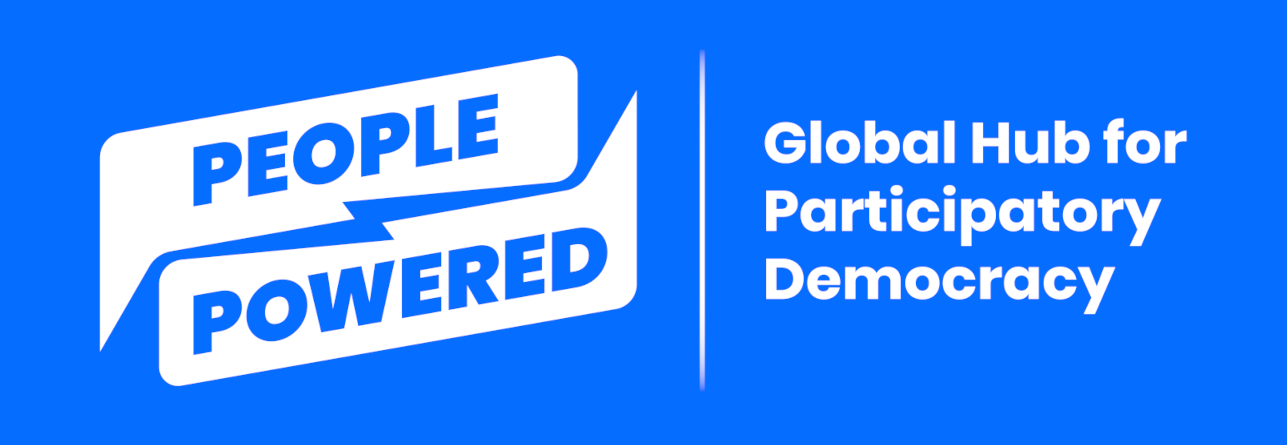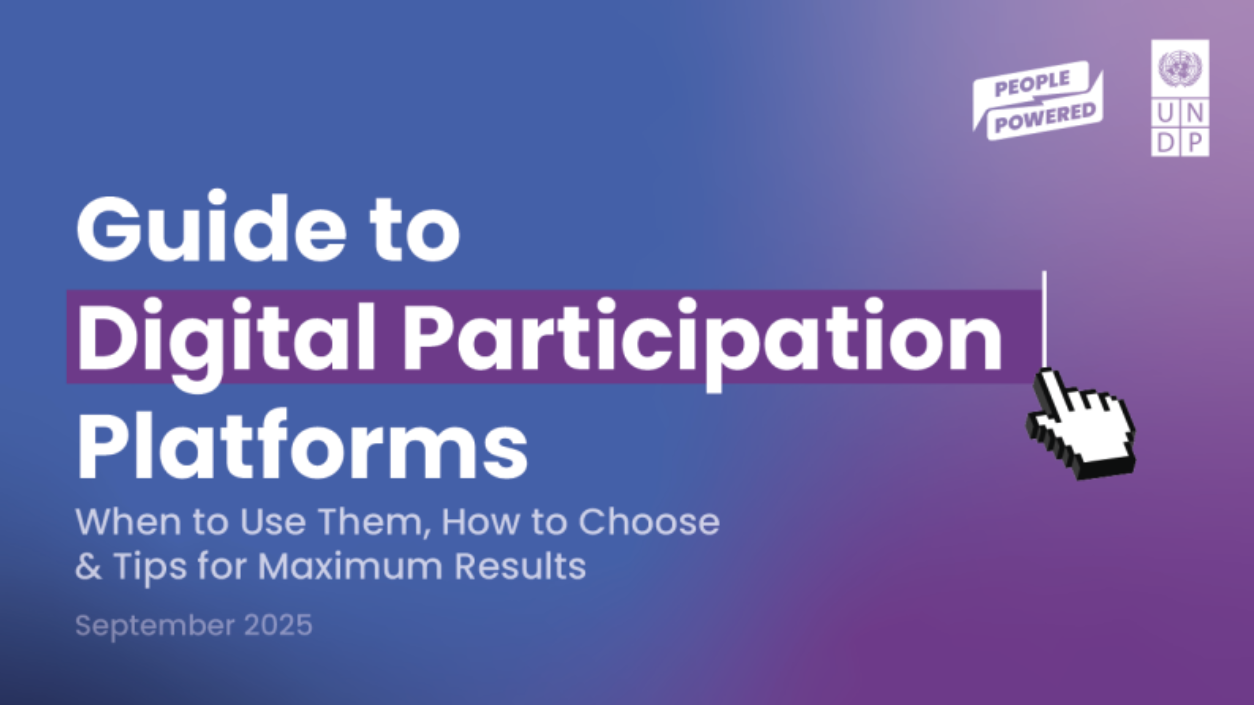User testing
/User testing
The simplest way to begin user testing is to identify who your participants are, then talk to them. The more often you do this, the better sense you will have of their motivations, the difficulties they face when engaging with your platform, and other vital dynamics.
To make it easier for digital platform hosts to talk to users, the civic tech community has developed citizen-user testing groups. These groups reimburse residents in exchange for their feedback about a civic-engagement tool. By formalizing this relationship, you can reach a more representative sample of the community than by relying on your immediate social network. It’s a good idea to establish a practice of regularly communicating with your target users.
Particitiz cleverly combined user education with promotional outreach for several of its engagement projects. It understood that both lack of awareness of its program and the digital divide prevented many people from participating. So it dedicated resources to helping potential participants learn how to sign up for and use the platform. For over a week, a team called each individual selected to find out if he or she was already acquainted with the tool. If not, they set up an appointment to provide a tutorial. This type of outreach requires additional staffing, but it is a very effective way to get feedback from potential users.
By talking to people who you’d like to use your digital participation platform, you can learn where they get stuck. For example, it's not always clear which fields can be edited later, versus which submissions are final.
You can review an example of a user-experience test by checking out Fundacja Pole Dialogu's audit of a digital participation platform in the resources section of this guide.
Next: Integrating in-person engagement with hybrid platforms




